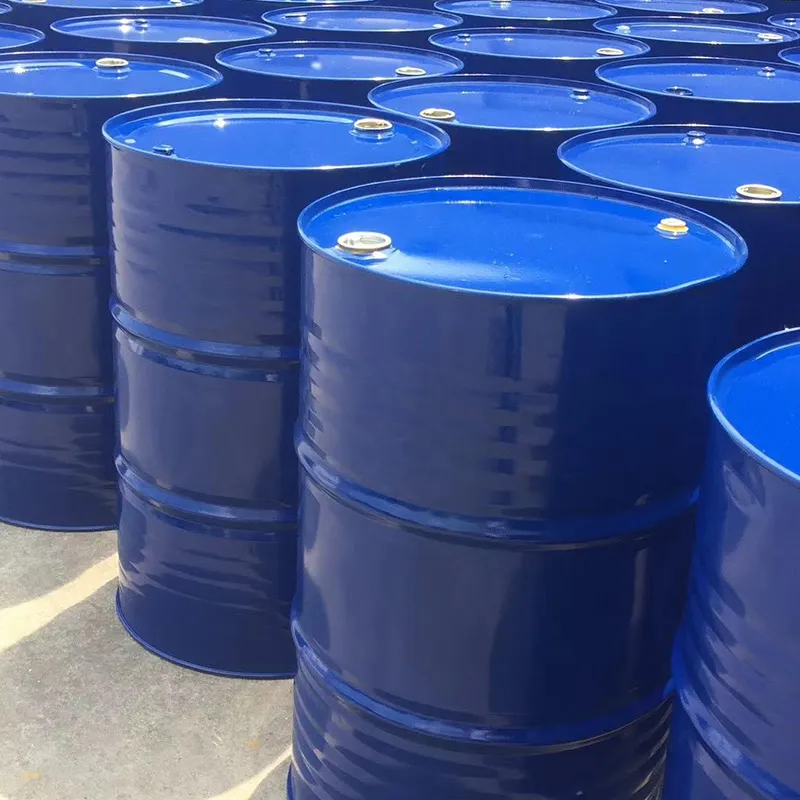
e220 food additive
Understanding E220 A Common Food Additive
In the world of food production and preservation, additives play a crucial role in ensuring the safety, quality, and longevity of food products. One such additive that has garnered attention is E220, widely known as sulfur dioxide. This compound serves multiple purposes in the food industry, particularly as a preservative, antioxidant, and bleaching agent. Understanding E220's functions, benefits, and potential risks is essential for consumers and food manufacturers alike.
What is E220?
E220, or sulfur dioxide (SO2), is a colorless gas that has a characteristic pungent smell. It is produced naturally through volcanic eruptions and the combustion of fossil fuels, but it is also synthesized industrially for various applications. In the food sector, sulfur dioxide is primarily used to preserve freshness and prevent spoilage in dried fruits, wines, and certain vegetables.
The Role of E220 in Food Preservation
The primary function of E220 as a preservative is its ability to inhibit the growth of bacteria, molds, and yeast. By creating a hostile environment for these microorganisms, sulfur dioxide helps to extend the shelf life of food products. This is particularly important for dried fruits like apricots, raisins, and figs, which can be prone to spoilage due to their reduced moisture content.
Additionally, E220 acts as an antioxidant. This property is particularly beneficial in preventing the browning of fruits and vegetables. When fresh produce is cut or damaged, enzymatic reactions can lead to browning, which is often perceived as a sign of spoilage. By adding sulfur dioxide, manufacturers can maintain the attractive appearance of these foods, thereby enhancing their marketability.
e220 food additive

E220 in Beverage Production
In the beverage industry, sulfur dioxide is commonly used in the production of wines. It serves not only as a preservative but also as an agent to enhance flavor and aroma. When added during the fermentation process, E220 helps to prevent spoilage while allowing the desired flavors to develop. However, winemakers must carefully control the levels of sulfur dioxide used, as excessive amounts can alter the taste and quality of the final product.
Regulatory Status and Safety Concerns
E220 is permitted in many food products, but its use is regulated by food safety authorities worldwide. In the European Union, for instance, there are strict guidelines on the maximum allowable levels of sulfur dioxide in different foods and beverages. These regulations are in place to ensure consumer safety and to minimize potential health risks.
Despite its benefits, some individuals may experience adverse reactions to E220, particularly those with asthma or sulfite sensitivities. Symptoms can include headaches, nausea, and respiratory issues. As a result, foods containing E220 must clearly indicate its presence on labels, allowing sensitive consumers to make informed choices.
Conclusion
E220, or sulfur dioxide, plays a significant role in the preservation of food and beverages, providing a means to extend shelf life while maintaining quality. Its functions as an antioxidant and preservative make it a valuable tool for food manufacturers, especially in the dried fruit and wine industries. However, awareness of potential sensitivities and regulatory limits is crucial for consumer safety. As we continue to navigate the complexities of food additives, understanding the role of E220 can empower consumers to make informed dietary choices while appreciating the science behind food preservation.
-
Pure Sodium Dichloroisocyanurate Dihydrate | Powerful DisinfectantNewsAug.29,2025
-
Industrial Chemicals: Quality & Purity for Every IndustryNewsAug.28,2025
-
Nitrile Rubber Honoring Strict Production StandardsNewsAug.22,2025
-
Aspartame Ingredients Honoring Food Safety ValuesNewsAug.22,2025
-
Fertilizer for Balanced Plant NutritionNewsAug.22,2025
-
Cyanide Gold Processing with High Purity AdditivesNewsAug.22,2025
-
Formic Acid in Textile Dyeing ApplicationsNewsAug.22,2025
Hebei Tenger Chemical Technology Co., Ltd. focuses on the chemical industry and is committed to the export service of chemical raw materials.
-

view more DiethanolisopropanolamineIn the ever-growing field of chemical solutions, diethanolisopropanolamine (DEIPA) stands out as a versatile and important compound. Due to its unique chemical structure and properties, DEIPA is of interest to various industries including construction, personal care, and agriculture. -

view more TriisopropanolamineTriisopropanolamine (TIPA) alkanol amine substance, is a kind of alcohol amine compound with amino and alcohol hydroxyl, and because of its molecules contains both amino and hydroxyl. -

view more Tetramethyl Thiuram DisulfideTetramethyl thiuram disulfide, also known as TMTD, is a white to light-yellow powder with a distinct sulfur-like odor. It is soluble in organic solvents such as benzene, acetone, and ethyl acetate, making it highly versatile for use in different formulations. TMTD is known for its excellent vulcanization acceleration properties, which makes it a key ingredient in the production of rubber products. Additionally, it acts as an effective fungicide and bactericide, making it valuable in agricultural applications. Its high purity and stability ensure consistent performance, making it a preferred choice for manufacturers across various industries.





